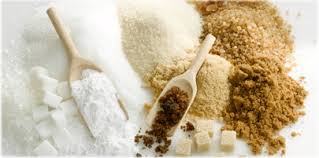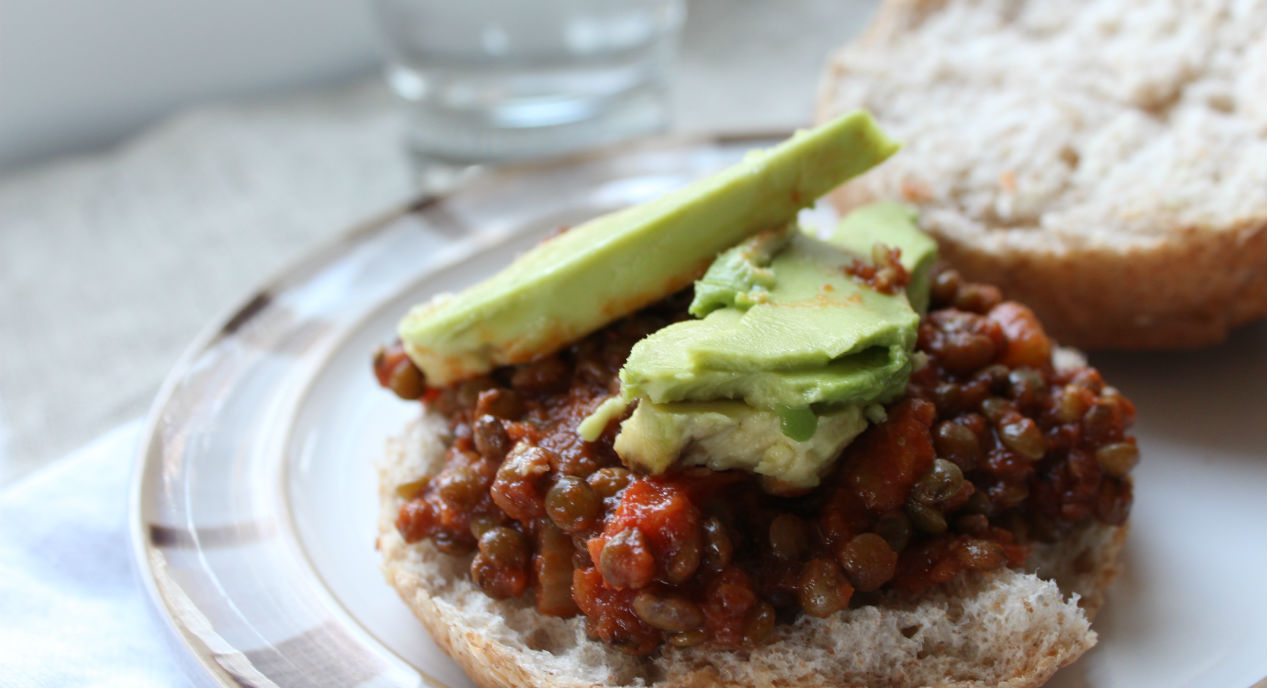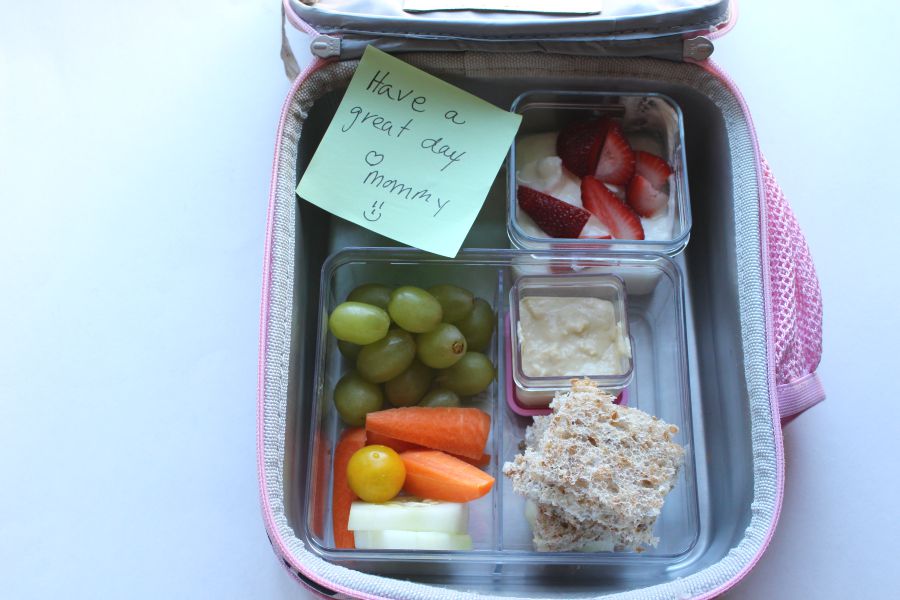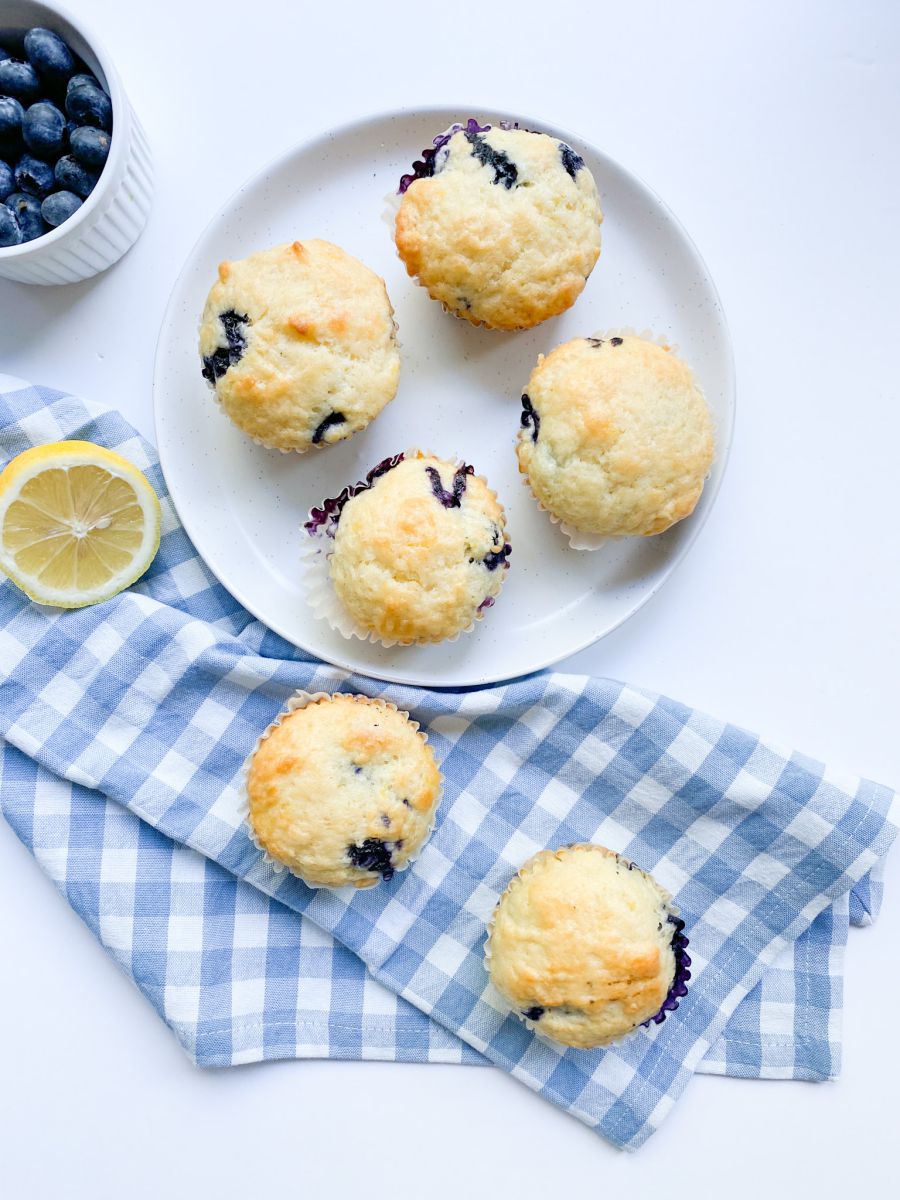In part two of our healthy eating series we are going to talk about sugar, what it is, possible consequences, and how to recognize it on the ingredient list of foods. Sugar is a hot topic these days.
Do you remember the “fat free” trend? I do. I ate fat free yogurt, fat free chips, fat free yogurt, diet soda, and I could go on. Yuk, I can’t believe I ate that stuff. Not only was it tasteless but I truly believed I was eating “healthy”. I fell for the misleading health claims : low fat, high in fibre, made with whole grains. Many of us, including myself, were led to believe “fat” was evil but research is now suggesting eating highly processed foods that claim to be healthy are full of sugar and other unwanted chemicals that may have many health consequences.
What are the health consequences of too much sugar?
As a dietitian, I used to think sugar was just “empty calories”. However, recent research has shown that we have too much sugar in our diets and may contribute to dental caries, overweight, obesity, impaired glucose tolerance, diabetes, heart disease, hyperactivity, and chronic inflammation. Plus sugar is highly addictive.
How much sugar should we have in one day?
Both the World Health Organization (WHO) and the Heart and Stroke Foundation of Canada recommend limiting sugar to no more than 5-10 % o of our total dietary intake. What does 5-10 % look like, based on the average 2000 calorie diet its 6-12 tsp of sugar. Thats not a lot, a 355mL of soda contains on average 10 tsp of sugar.
What foods are high in sugar:
Most processed foods will have one or more refined sugars such as candy, sodas, chocolate bars, juice, commercial baked goods, ketchup, breakfast cereals including oatmeal, breads, flavoured yogurt, granola bars, flavoured water, pasta sauce, canned soups, and salad dressings. I tsp of sugar is equal to 4 grams.
Do all sugars have the same effect ?
Short answer NO. Some sugars are absorbed differently and some have a higher glycemix index than others, and some may contain small amounts of vitamins and minerals. At the end of the day we should focus on eating more plant based foods, whole foods, and reduce our overall intake of total sugar.
How can to recognize sugar ?
When reading labels you will not find a percent daily value for added sugar instead you will have to refer to the ingredient list which can be tricky as the food industry has many different names for sugar.
Here is what to look for when you are reading the ingredient list of foods. Anything that ends with -ose such as glucose, fructose, sucrose, dextrose, maltose or anything ending in a syrup. By reducing your consumption of processed foods you will drastically cut your sugar intake.
Identifying sugar :
Sugar (general)
contain an “ose” ending
Dextrose
Fructose
Lactose
Galactose
Sucrose
Maltose
Glucose
Ribose
Any of the following names with the word “sugar” and/or “syrup”
Beet
Brown
Cane
High fructose corn syrup
Malt
Rice
Grape
Caramel coloring
Natural Sugars.
Provide small amounts of nutrients like vitamins but should still be used in small quantities
Agave nectar
Coconut nectar
Coconut sugar
Date sugar
Maple sugar
Maple syrup
Honey
Molasses
Cane juice
Rice malt
Fruit juice concentrate
Sugar alcohols
Sorbitol
Xylitol
Mannitol
Lacitol
Glycol
Glycerin
Carbitol
Artificial Sweetners:
Aspartame
Acesulfame-L
Nutra-sweet
Equal
Splenda
Stevia
Sucralose
Sweet-n-low
Current research suggests artificial sweetners such as aspartame may cause people to gain weight by increasing their appetite leading to overconsumption. At the end of the day enjoying a piece of chocolate cake is not going to harm you or your family. So go ahead and enjoy some ice cream but don’t have it everyday.
Tips to reduce your sugar intake?
1). Read your ingredient list, not the health claims. Look for sugar’s other names such as high fructose corn syrup, glucose-fructose, fruit juice concentrate, and ingredients ending in “ose”
2). Replace your cold breakfast cereal with oats. Cold breakfast cereals are high in sugar and artificial ingredients. Start your day off with a bowl of oats topped with nuts, seeds, and fresh fruit.
3). Make your own baked goods like muffins and breads. Most commercially baked goods have lots of added sugar. You can reduce the sugar by half or use sugar alternatives such as bananas or prunes by making your own.
4). Eat Greek style plain yogurt and add fresh or frozen fruit to sweeten it. Fruit flavoured yogurt contains approximately 6 tsp of sugar per serving.
5). Drink water instead of liquid sugary beverages such as fancy coffee drinks, juice, and sodas. Remember, a soda contains 10 tsp of sugar.
6). Snack on fruit such as berries which have a low glycemic index, are high in fibre, and still provide that sweet flavour.
Do I think you should avoid sugar? NO. I believe we need to look at our diet as a whole. It’s not one nutrient that contributes to our overall health. So eat mainly plant based foods, focus on fruits and vegetables that are rich in color. Eat less processed foods. Sugar has a place in our diet but it shouldn’t be an everyday indulgence.








